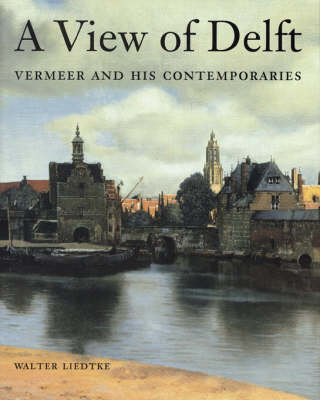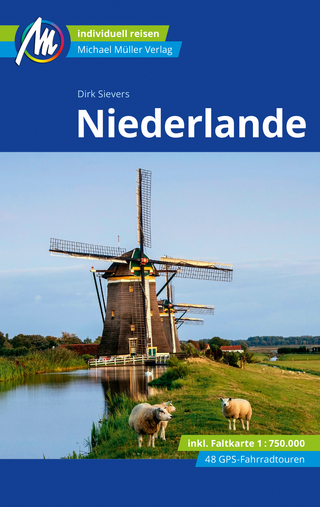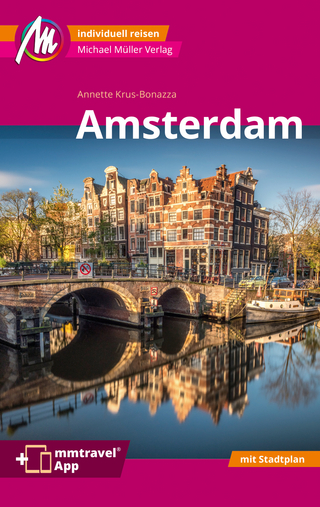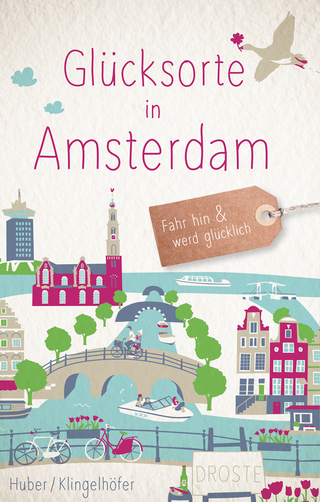
View of the Delft
1999
Waanders (Verlag)
978-90-400-9490-3 (ISBN)
Waanders (Verlag)
978-90-400-9490-3 (ISBN)
- Titel ist leider vergriffen;
keine Neuauflage - Artikel merken
This volume examines painting in Delft during the period 1650-1675, presenting six informed essays on the subject. It discusses Carel Fabritius, Gerard Houckgeest, Pieter de Hooch and Johannes Vermeer at length.
The six essays in this book focus upon painting in Delft during the period 1650-1675. Four artists, Carel Fabritius, Gerard Houckgeest, Pieter de Hooch and Johannes Vermeer, are discussed at length. However, these chapters are neither monographic nor intended as a survey of art in Delft. Their main concern is the relationship between style and observation, especially in paintings that press the issue through their apparent fidelity to visual experience. The first chapter on the "Delft School" is introductory. The second chapter is devoted to Fabritius's small canvas A View of Delft (1652), which may be considered one of the most sophisticated examples of illusionism in Dutch art. among the other works discussed at length are Houckgeest's Nieuwe Kerk in Delft with the Tomb of William the Silent (1650), and every important picture of a Delft church interior by Houckgeest, Emanuel de Witte and Hendirck van Vliet; De Hooch's genre scenes of about 1655-60; all of Vermeer's paintings of the 1650s; and the majority of his mature works.
The styles and subjects of these Delft masters are consistently considered within the context of local, regional and national traditions and are related to the interests of contemporary artists and collectors. The book includes 318 black and white illustrations and thirty-two colour plates, as well as extensive notes and a bibliography.
The six essays in this book focus upon painting in Delft during the period 1650-1675. Four artists, Carel Fabritius, Gerard Houckgeest, Pieter de Hooch and Johannes Vermeer, are discussed at length. However, these chapters are neither monographic nor intended as a survey of art in Delft. Their main concern is the relationship between style and observation, especially in paintings that press the issue through their apparent fidelity to visual experience. The first chapter on the "Delft School" is introductory. The second chapter is devoted to Fabritius's small canvas A View of Delft (1652), which may be considered one of the most sophisticated examples of illusionism in Dutch art. among the other works discussed at length are Houckgeest's Nieuwe Kerk in Delft with the Tomb of William the Silent (1650), and every important picture of a Delft church interior by Houckgeest, Emanuel de Witte and Hendirck van Vliet; De Hooch's genre scenes of about 1655-60; all of Vermeer's paintings of the 1650s; and the majority of his mature works.
The styles and subjects of these Delft masters are consistently considered within the context of local, regional and national traditions and are related to the interests of contemporary artists and collectors. The book includes 318 black and white illustrations and thirty-two colour plates, as well as extensive notes and a bibliography.
| Verlagsort | Zwolle |
|---|---|
| Sprache | englisch |
| Themenwelt | Reiseführer ► Europa ► Niederlande |
| ISBN-10 | 90-400-9490-X / 904009490X |
| ISBN-13 | 978-90-400-9490-3 / 9789040094903 |
| Zustand | Neuware |
| Haben Sie eine Frage zum Produkt? |
Mehr entdecken
aus dem Bereich
aus dem Bereich


